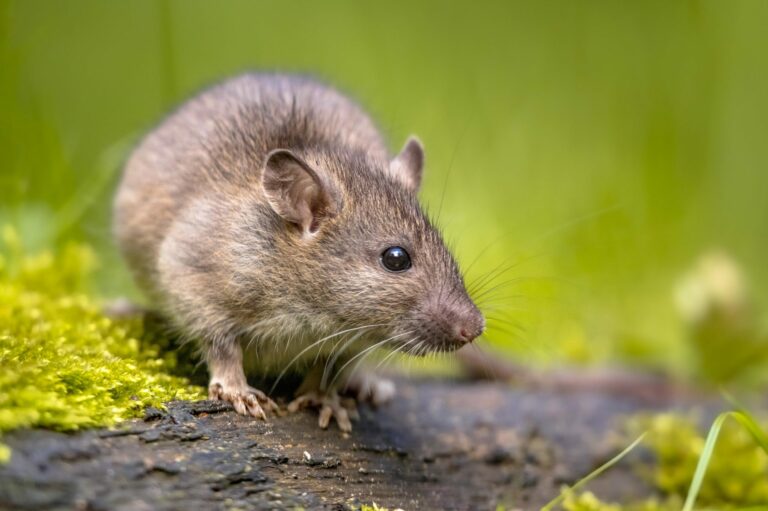Rattus rattus

Rattus rattus originated from Asia but has been spread worldwide through maritime transportation. The fur on its upper side is dark gray to black, while the underside is slightly lighter. In contrast to the brown rat, which has gradually displaced the black rat in Europe, the black rat is characterized by a long tail, large ears, and a pointed face. It can reach a head-to-body length of up to 23 cm and a tail length of up to 25 cm. Black rats can be found in both agricultural and urban areas, where they live close to humans, such as in the roofs or walls of buildings. Reproduction can occur throughout the year, with each litter consisting of 5 to 10 young. Rattus rattus is known for spreading diseases such as the bubonic plague (Southern 1965).
Diet: The black rat is an omnivore and feeds on both plant matter, such as seeds and fruits, and animal matter, including various invertebrates (such as arthropods) and small vertebrates (Best 1969).
Conservation status: According to the IUCN Red List of Threatened Species, the black rat is not globally threatened. However, in Germany, Rattus rattus is listed as “critically endangered” on the Red List.
-
Best, L (1969)Food of the roof-rat, Rattus rattus rattus (L), in two forest areas of New Zealand. In: N. Z. J. Sci. (12).
-
Southern, H (1965)Handbook of British mammals. Mammal society of the British isles. Unter Mitarbeit von Robert Gillmor und Erik Thorn: Blackwell Scientific Publications Oxford.